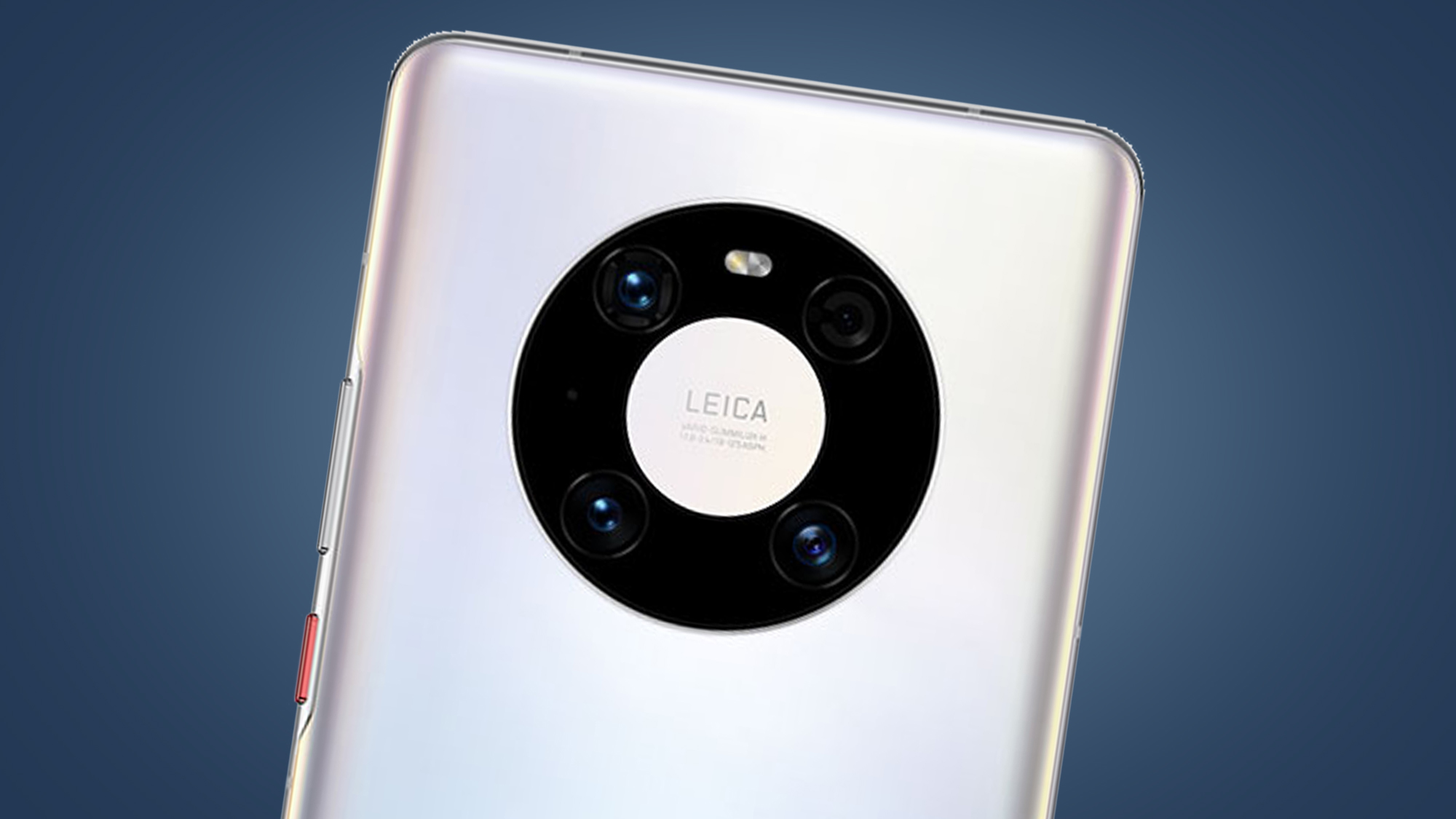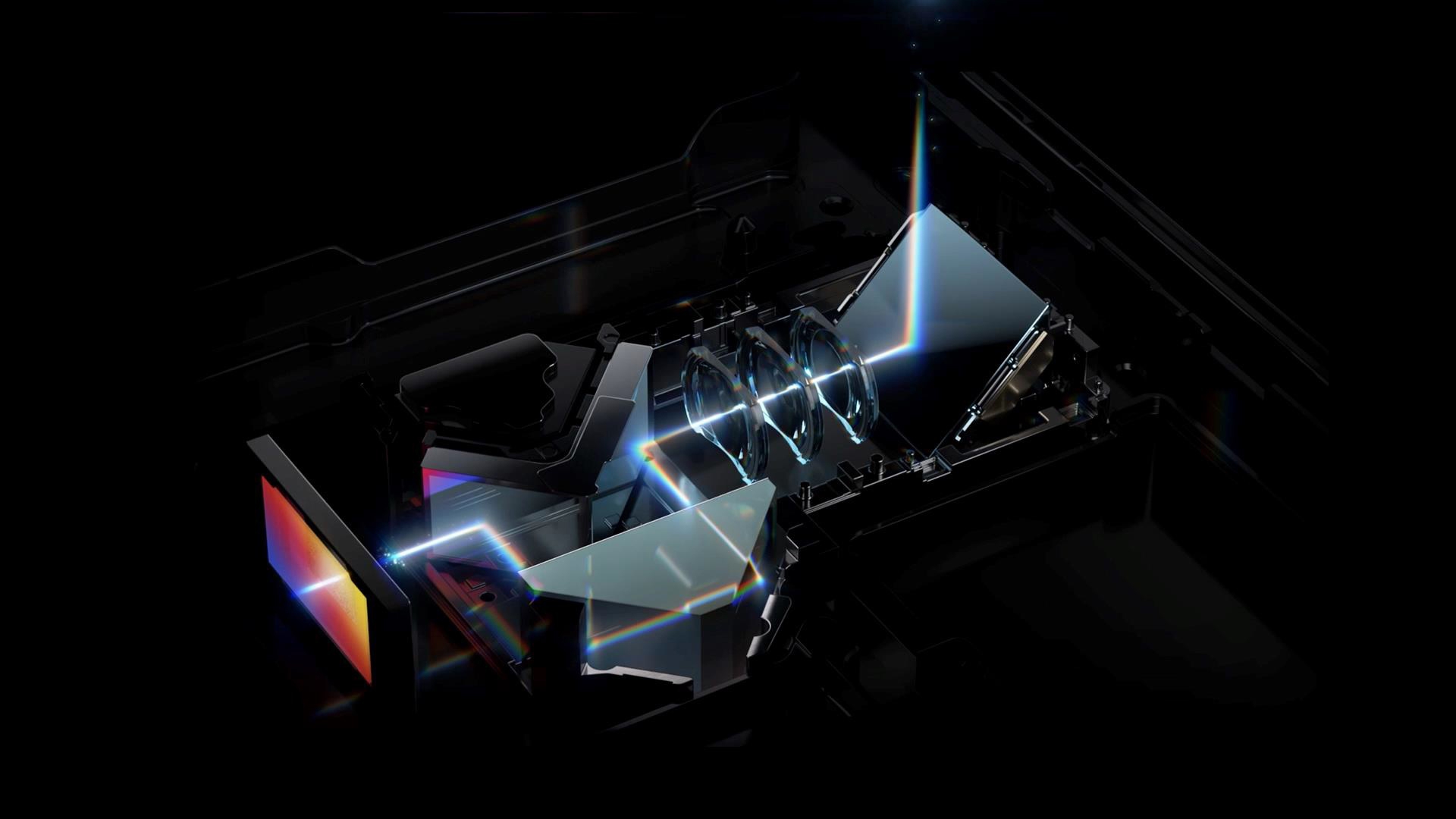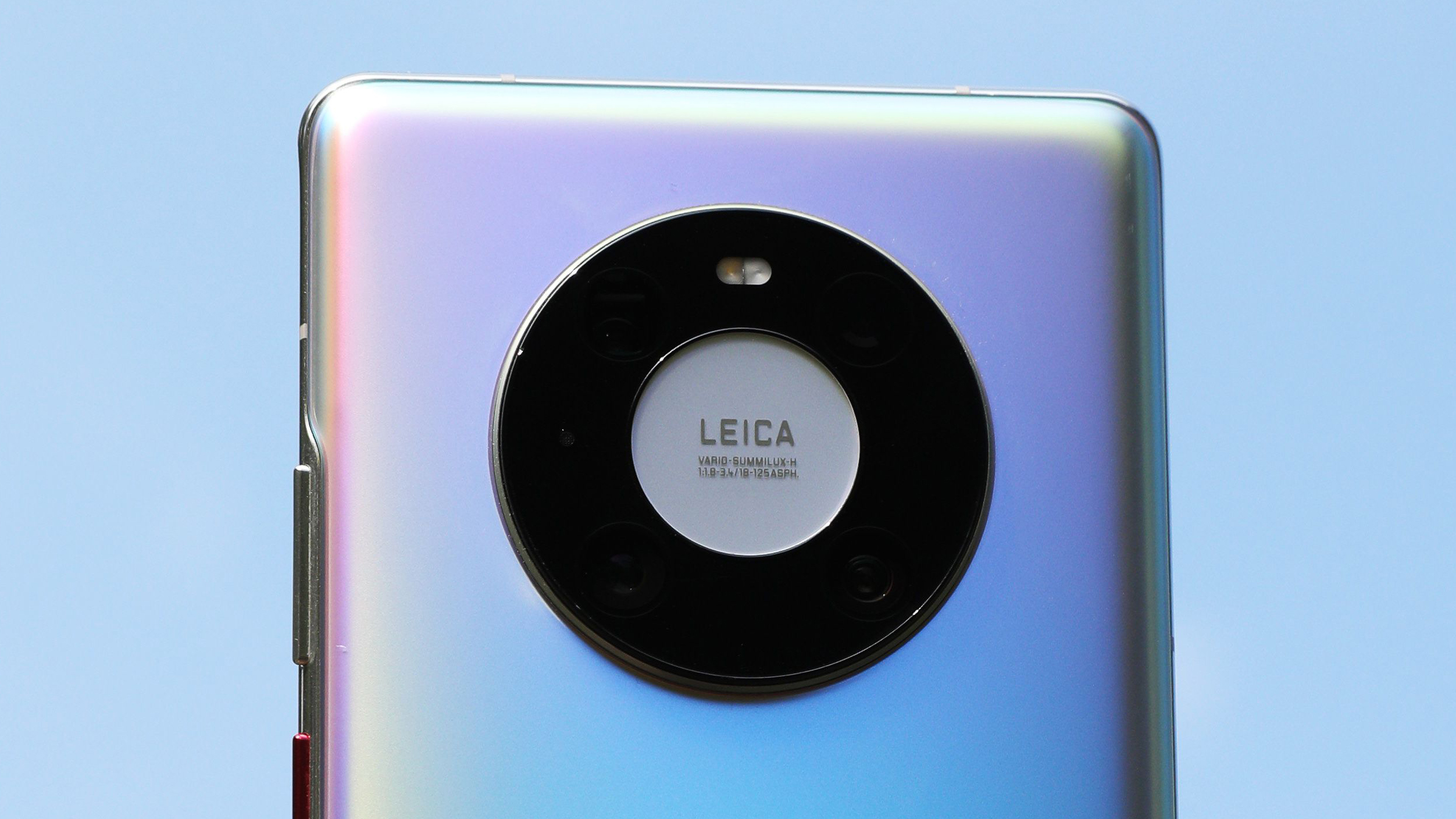Huawei: what the Mate 40 Pro teaches us about the future of camera phones
Huawei tells us why it thinks zoom is the future

The Samsung Galaxy S21 Ultra may have blasted through the saloon doors with its dual telephoto cameras blazing last week, but it wasn't the first phone to combine 3x and 10x optical zoom in one flagship – that was the Huawei Mate 40 Pro Plus.
Sadly, that phone still has limited availability, but with our Huawei Mate 40 Pro review branding that phone "one of the best camera phones out there", we were keen to tease out some secrets from this pioneer in mobile photography. What trends drove the creation of the Mate 40 Pro's camera tech, how does Huawei decide on the 'look' of its photos, and what's the future of camera phones?
Luckily, Huawei answered some of those questions (and more) during our in-depth chat with Pan Chaoyue, the company's Camera Solutions Expert. Naturally, the specifics of future phones were off limits, but we did learn how people are using the cameras on phones like the Mate 40 Pro – and why zoom is, as we argued last week, going to be the next big battleground in mobile photography.
- These are the best photo editing apps you can download right now
Zoom to grow
Smartphones are increasingly relying on multiple cameras to overcome their physical limitations – and after the recent boom in dedicated ultra-wide lenses, we're now seeing the rise of dual telephoto cameras.
The Xiaomi Mi 10 Ultra and Vivo X50 Pro Plus both have two telephoto cameras, but the Huawei Mate 40 Pro Plus (and now Samsung Galaxy S21 Ultra) have taken this a step further. Both phones have a mid-range telephoto with 3x optical zoom, along with a 'Super Periscope Telephoto', as Huawei calls it, that delivers an impressive 10x optical zoom.

The reason for this, Pan Chaoyue told us, is because phone users are increasingly relying on zoom to take snaps. "I can share with you one trend that we can internally see – after we introduced the zoom, the usages of zooming is getting higher and higher," Pan Chaoyue told us. "This is a very happy thing for me, because we are trying to extend the scenarios and possibilities for our consumers."
This means it's likely to be a big focus for future Huawei flagships too, according to Pan Chaoyue: "We will be insisting on zooming – we will be offering more image quality, more features, more happy things for the consumers when using the zoom," he promised.
Sign up for breaking news, reviews, opinion, top tech deals, and more.
This has already been borne out in the impressive Huawei Mate 40 Pro Plus – and even the Huawei Mate 40 Pro has a 5x periscope telephoto lens. But which of these longer focal lengths is the most popular or important, in Huawei's opinion?

“It’s like the DSLR, it’s really depends on the situation,' Pan Chaoyue said. "10x could be, for example, 400mm on DSLR for sports shooting, 200mm may be for the concert, and 50mm or 85mm is about the portrait for your wife or son. So these are really about the scenarios. What we are doing as the R&D team is to improve the image quality in all these focal lengths”, he said.
This means that, rather than trying to cram 15x or 20x optical zoom into the next camera phones, the next step is likely going to be refining their zoom quality. This varies a lot between smartphones, with some even simulating 'telephoto' focal lengths by using digital tricks like cropping and pixel binning from high-resolution sensors. In practice, these tend to produce inferior results to dedicated telephoto lenses, but there's certainly room for improvement in phones like the Mate 40 Pro, too.
Chef's table
Improving this zoom quality can't be solved solely with impressive hardware like Huawei's folded lens, which internally reflects light five times in order to squeeze 10x zoom into a smartphone.
Software is also key, particularly when you move between each camera's native focal length. For example, the Huawei Mate 40 Pro Plus is most comfortable at its dedicated 3x and 10x zooms, but needs to use digital zoom for the 5x zoom in between.

So will algorithms play a bigger role in the creation of the final image when it comes to zoom? Pan Chaoyue thinks so: "Yes, for sure. The algorithm plays a more and more important role in the whole pipeline. Not only on the resolution itself, but the clarity and dynamic range, the color," he said. "So we’re putting more and more algorithms in the process. The sensor itself for the zooming, or the multi-sensors for the fusion. These are all the ways we are trying to improve image quality," he added.
Pan Chaoyue used the analogy of a chef to sum up Huawei's role in the image-making process, with the hardware being the raw ingredients and the algorithm being the increasingly important cooking process."We’re making the food, and finally I’m offering you the dish. I hope the dish is delicious, but normally people don’t care how the ingredients are or how you cook, but finally that you like the dish. This is our purpose.”
Color coded
But given that the color science and processing can vary so much between phone cameras, mobile photographers are increasingly keen to understand that cooking process – hence the arrival of features like Apple ProRaw, which encourages iPhone users tinker more with computational photography.
So how exactly does Huawei and its MasterAI decide what makes a 'good' photo, is it more about accuracy or artistry? According to Pan Chaoyue, it's a bit of both – and he gave us an interesting breakdown of what most of us are looking for from our phone cameras, based on Huawei's research.
"Color accuracy is one way, another is about the artistic way. These are different directions for one camera. We cannot offer them simultaneously. But from our insight, in 80% of the situations, the camera works as a recorder. To try to record the ambient light, the ambient atmosphere, what our eyes see. So this is the first work we are trying to do, to improve the color accuracy – as a recorder," he said.

But a significant chunk of photographers are looking for something other pure accuracy, hence Huawei's partnership with Leica. "Another 20% is about meeting the desire of creation, or to meet the desire of personality. So that’s why we’re introducing three modes in another color system: the Leica Vivid, Leica Soft and Leica Monochrom," he said, referring to the film modes that we've seen available on Huawei phones since the Huawei P9.
It's not yet clear how many smartphone snappers are using these Leica modes in practice, but having the option certainly holds some appeal to photographers. One of the most popular features on Fujifilm cameras like the new Fujifilm X-S10, for example, is its 'Film Simulation' modes, which replicate the look of the various film stocks from Fuji's past. These can be applied in the editing process, of course, but there's something special (and convenient) about having that heritage baked into your snap during capture.
- These are the best camera phones in the world right now
Talking sensor
Going beyond 'scenes' or 'creative' modes is certainly an added bonus for phone cameras, if one that's unlikely to be used in most point-and-shoot situations, according to Huawei's research. But an arguably more important factor for the color and image quality of most photos is the sensor – and Huawei remains committed to the unusual RYYB sensor used in its primary cameras.
The RYYB (Red, Yellow, Yellow, Blue) sensor design is an alternative to the RGB (Red, Green, Green, Blue) 'Bayer Pattern' filter seen on most camera sensors. In theory, the RYYB design allows the sensor to gather more light, but can also lead to difficulties when trying to editing files with RGB raw converters.

Why is Huawei the only smartphone maker using this sensor design? "Why others cannot do this, I really am not sure. Maybe it takes a lot of energy, a lot of money, a lot of people," Pan Chaoyue said. "It’s unique and it gives more consumer benefits. And people are seeing the advantages from this, so we insist on doing so,” he added.
While we've certainly been impressed by the results from the Huawei Mate 40 Pro, it's a shame we still can't recommend the phone due to its 'app problem'. The Huawei ban from mid-2019 means Google apps (including the Play Store) won't be available on this phone or on future models.
Still, one thing we can rely on Huawei for is its trailblazing camera tech, which often gives us a taste of the future of smartphone photography. And according to the Huawei Mate 40 Pro and Pan Chaoyue's insights, that future will be focused on some increasingly impressive zoom.
- Read our in-depth Samsung Galaxy S21 Ultra review

Mark is TechRadar's Senior news editor. Having worked in tech journalism for a ludicrous 17 years, Mark is now attempting to break the world record for the number of camera bags hoarded by one person. He was previously Cameras Editor at both TechRadar and Trusted Reviews, Acting editor on Stuff.tv, as well as Features editor and Reviews editor on Stuff magazine. As a freelancer, he's contributed to titles including The Sunday Times, FourFourTwo and Arena. And in a former life, he also won The Daily Telegraph's Young Sportswriter of the Year. But that was before he discovered the strange joys of getting up at 4am for a photo shoot in London's Square Mile.